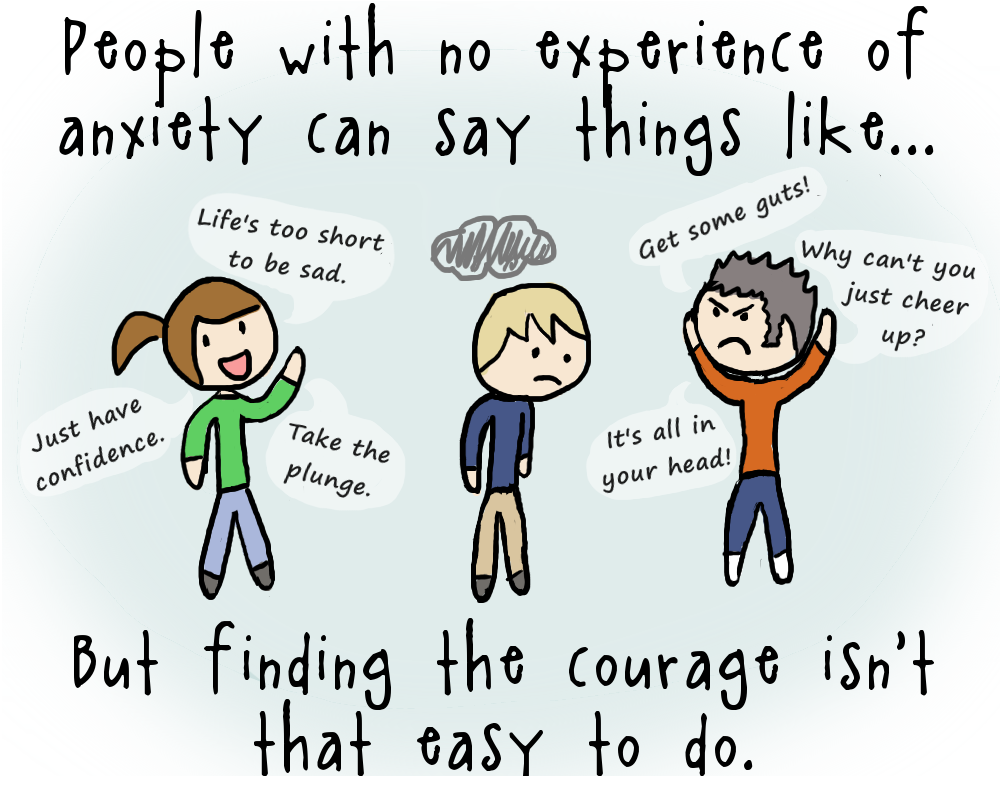Unique Info About How To Live With Anxiety Disorder

Learn more about what extreme anxiety is, as well as the difference between normal anxiety and an anxiety disorder.
How to live with anxiety disorder. Henriette lamprecht if you live with generalized anxiety disorder (gad), meditation can also help to reduce worrying thoughts and bring about a feeling of balance, calm, and focus.the concepts of. Tune into 4 things around you that you. Sweating trembling or tingling chest pain feelings of impending doom feelings of being out of control people with panic disorder often worry about when the next attack will happen and actively try to prevent future attacks by avoiding places, situations, or behaviors they associate with panic attacks.
Trouble concentrating or making decisions. While most people with anxiety disorders need psychotherapy or medications to get anxiety under control, lifestyle changes and coping strategies also can make a difference. You may also have physical symptoms such as sweating and a rapid heartbeat.
Unhelpful thoughts can take root in your mind and distort the severity of the. Here’s what it feels like and how you can learn to. Having a sense of impending danger, panic or doom.
Taking a moment to stop and breathe can help restore a sense of personal balance and bring you back to the present moment. Posted june 29, 2017 | reviewed by gary drevitch source: Living with an anxiety disorder means everyday anxiety does not go away and can worsen over time.
Experiencing nausea or abdominal distress. It's not like the anxiety you feel before a meeting with your boss, or when you come face to face with a bully at school. Get urgent help now for mental health anxiety, fear and panic how to cope with financial worries mindfulness read advice and support on coping with anxiety.
Deep breathing exercises can be twice as effective: take a moment to center yourself and bring yourself back into the present moment. Other symptoms of anxiety disorders may include:
Anxiety disorder symptoms include feelings of nervousness, panic and fear. Emotional symptoms like worry, rumination, and intrusive thinking are also common. These techniques help those who are about to have a panic or anxiety attack.
Understanding life with anxiety, including identifying triggers and developing coping strategies, is critical to successfully managing this common and challenging condition. I left myself no room to assess the situation. Causes coping techniques next steps anxiety can be very uncomfortable, especially when it’s causing a cascade of mental and physical symptoms.
If you’re able to anticipate anxiety symptoms, consider asking yourself. Having close family members with symptoms of anxiety. Feeling irritable, tense or restless.
Anxiety is the most common mental health condition. Deep breathing intentional breathing is an effective way to reduce anxiety symptoms in the moment. But this is only part of the solution.
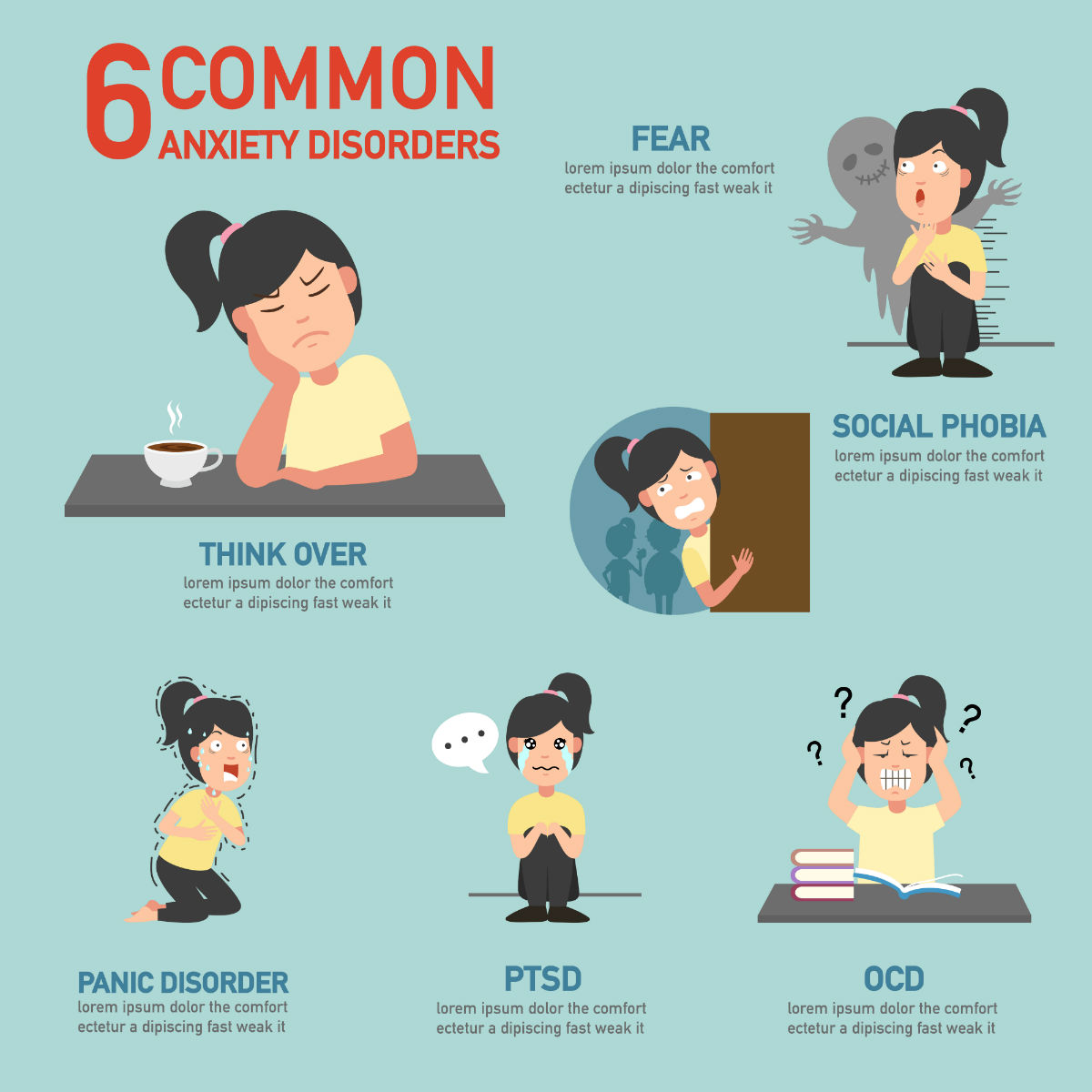


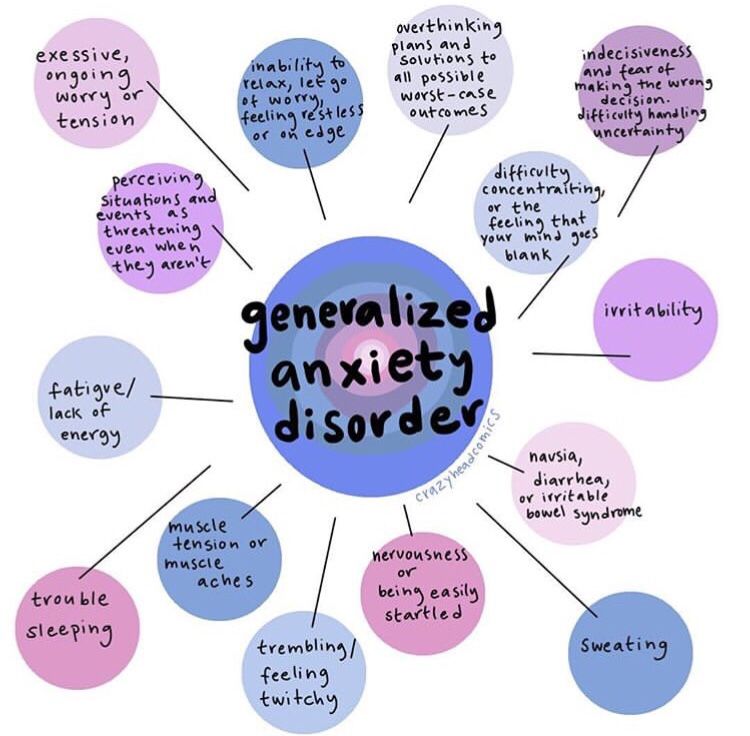
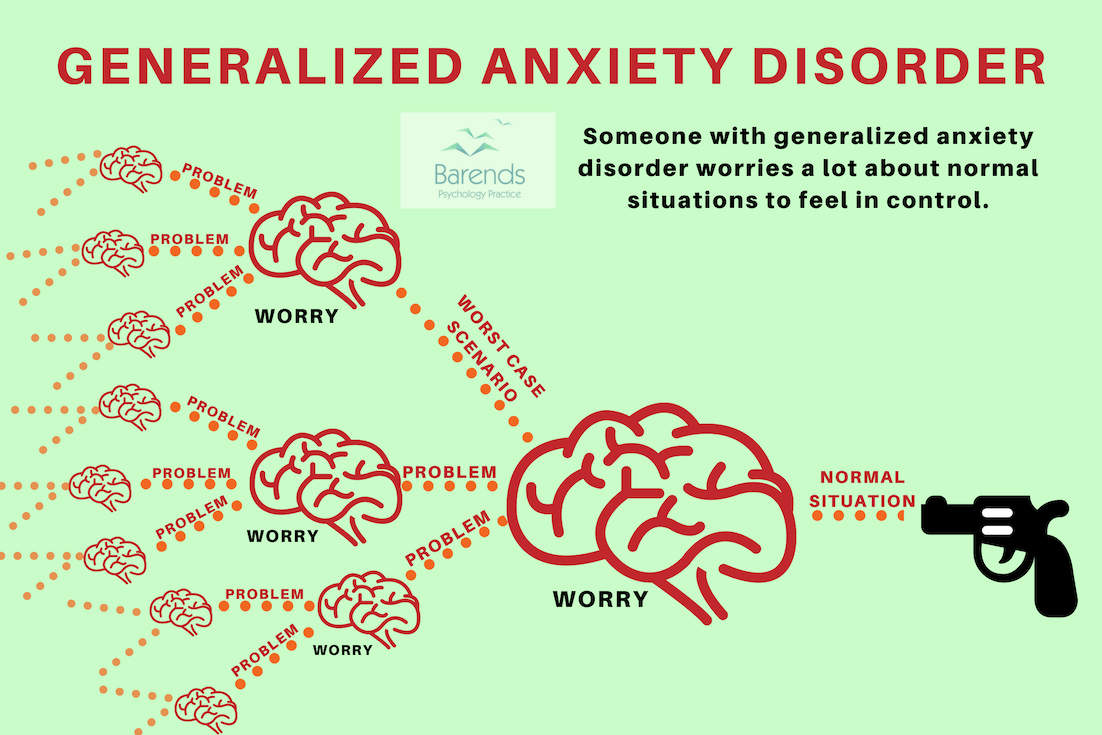

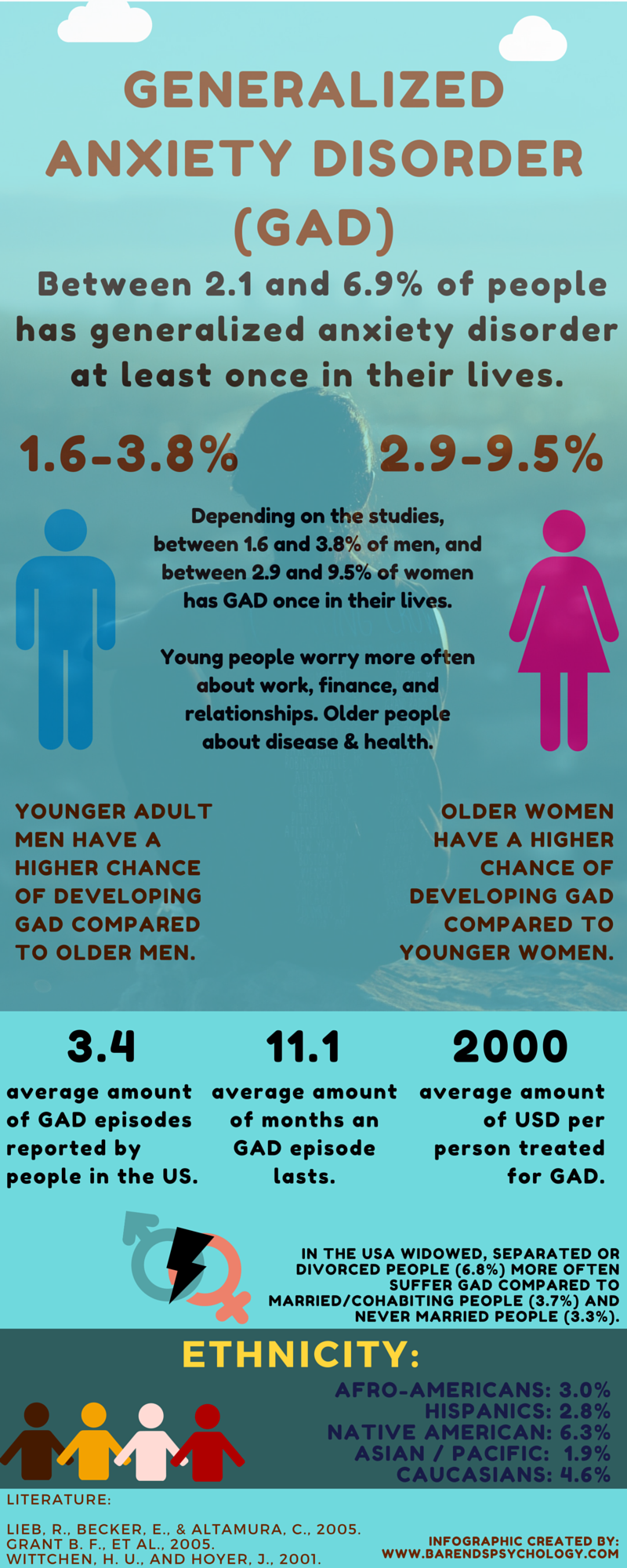
:max_bytes(150000):strip_icc()/dsm-5-criteria-for-generalized-anxiety-disorder-1393147-final-5cde49b87f644d4a9eb25ad7ab1ceae0.png)
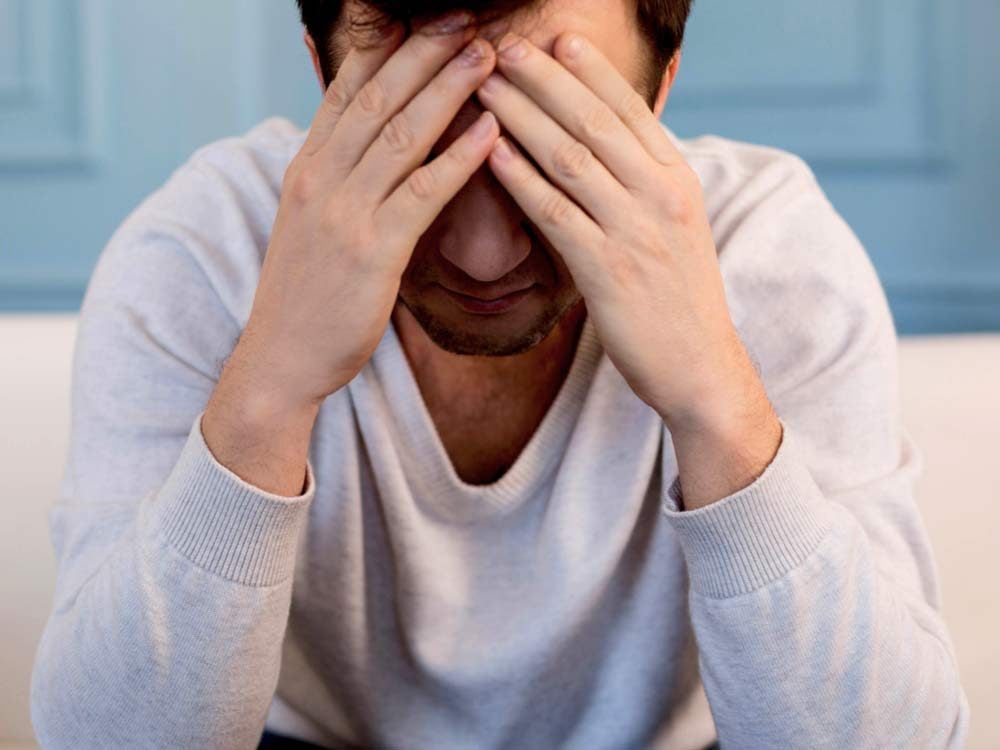
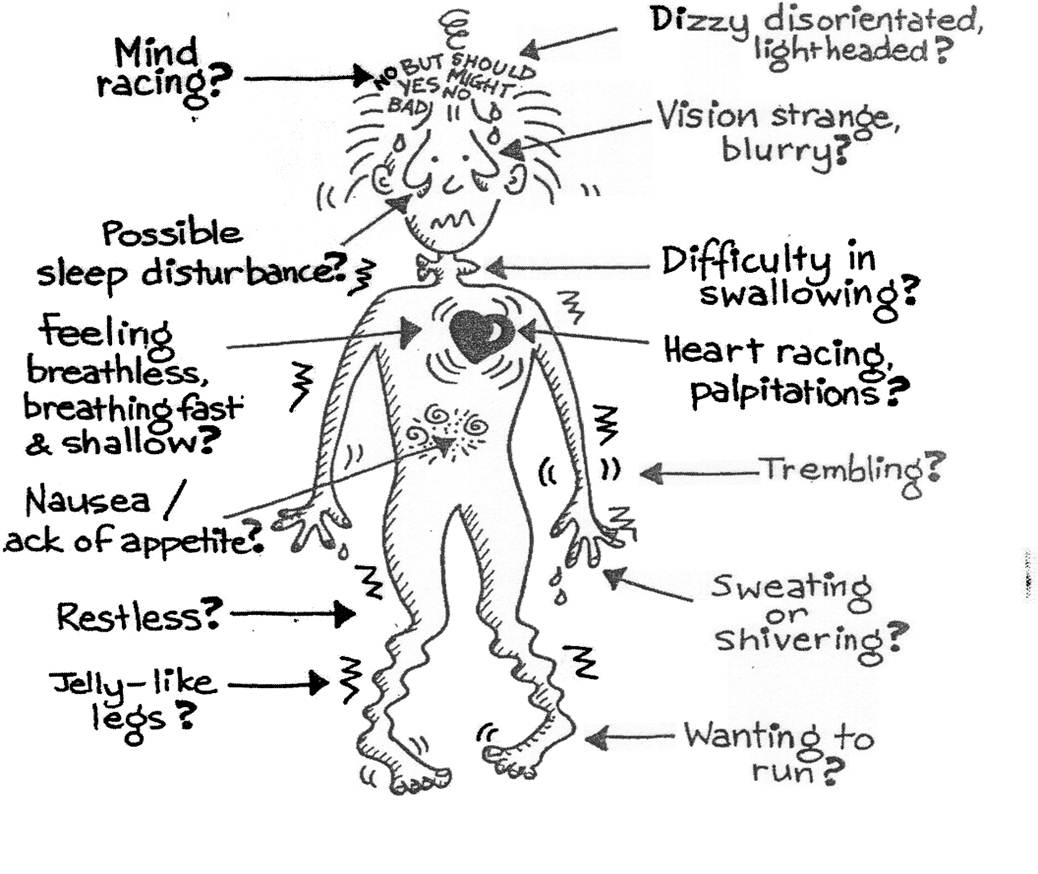
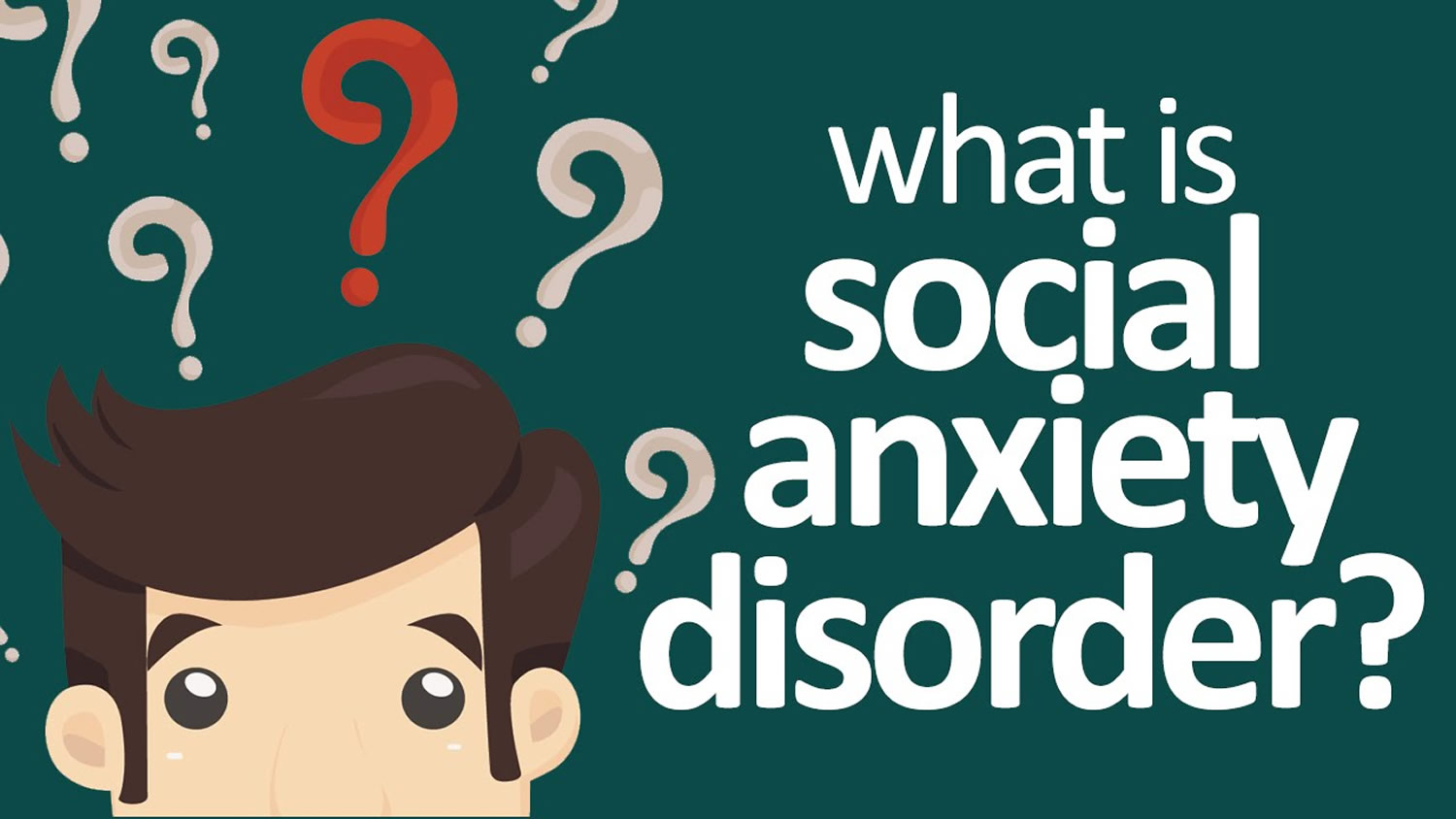

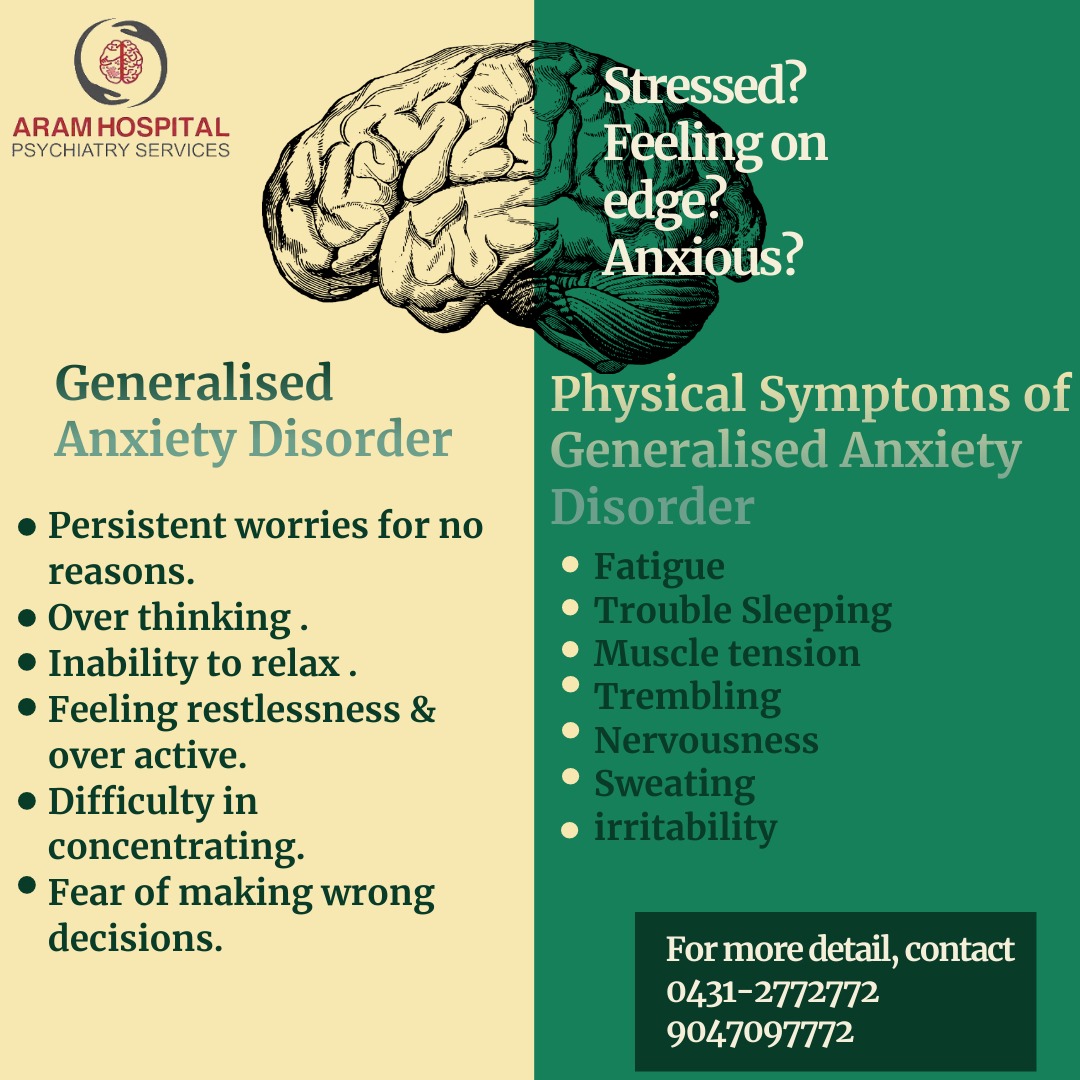

:max_bytes(150000):strip_icc()/best-jobs-for-people-with-generalized-anxiety-disorder-4157834_final-d022bcaebbf4440bb4e7ad3ac8be6d0f.png)
